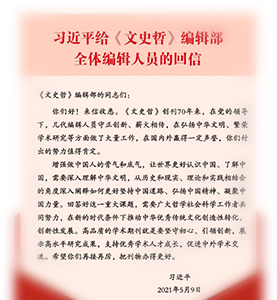论传统的空间之维——兼论多元世界的哲学基础
张乾友
摘要:传统具有时间与空间两大存在维度。在时间维度上,传统具有流动性,会随着时间而不断蜕变甚至更替;在空间维度上,传统则具有稳定性,即使时间不断地流逝,不同地区的传统差异仍然顽固地存活了下来。在时间维度上,现代与传统的关系可以看作自我与他人的关系。在现代社会,传统是作为他者而存在的,是相对于现代这一自我的野蛮人、异邦人、不受欢迎的人。而在空间维度上,所谓现代,不过只是一种比较新近的传统,在这里,自我与他人的对立不复存在,每一种传统都成为了一个平等的文化主体。从时间维度出发来认识传统,我们看到的是一个线性的世界;从空间维度来认识传统,我们则将看到一个多元的世界。在全球化的时代,传统的空间之维为多元世界的建构提供了哲学上的基础。
On the Spatial Dimension of Tradition: with a Discussion of the Philosophical Foundation of a Pluralistic World
Zhang Qianyou
Abstract: Time and space are the two existence dimensions of tradition. On the dimension of time, tradition is liquid, continuing to evolve and change over time. On the dimension of space, tradition is stable; the differences in tradition of different regions still survive tenaciously as time goes by. On the dimension of time, the relation between modernity and tradition can be seen as the relation between the ego and the others. In modern society, tradition exists as the other, which is a barbarian, foreigner, and persona non grata relative to the self of modernity. On the dimension of space, the so-called modernity is only a relatively recent tradition, where the antagonism between the self and others no longer exists, and every kind of tradition becomes a cultural subject equal to each other. Understanding tradition from the dimension of time, we will see a linear world; understanding tradition from the dimension of space, we will see a pluralistic world. In the times of globalization, the spatial dimension of tradition provides philosophical foundation for constructing a pluralistic world.


